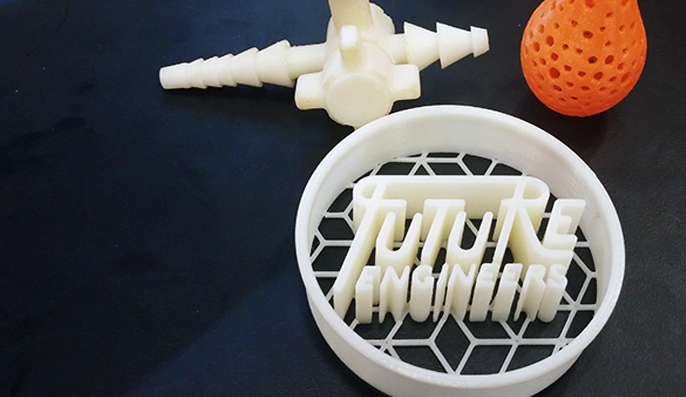What skills will American workers need in a world where the most in-demand careers of 2050 don’t yet exist?
As part of the STEAM WORKS Festival of Curiosity, Research Strategist Michelle Shevin recently spent an evening at Brooklyn’s own Automotive High School discussing the future of workforce development.
Amongst a panel of polymathic artists — including a theoretical physicist fashion designer and filmmaker, a neuroscientist composer and guitarist, and an artificial intelligence / robotics / video game programmer — the group made the case for an educational landscape that’s focused on both creative and technical pursuits.
The fact is, the future needs more polymaths. Corporate leaders are already beginning to understand that hiring for traits like creativity, curiosity, empathy, and storytelling is central to success for even the most technical teams. For example, a corporate executive recently told us that one of her top priorities is getting her data science team to embrace a non-technical mindset.
Career training by any name is not complete without ample focus on what would historically be termed the “arts.” Not only does creativity breed resilience, it will be an essential skill for adaptation in a future we have yet to imagine. Through “art” we gain the space to ask important questions about what’s at stake in shifting systems, and hone the skills to not only create something new, but understand where our innovations are situated. Fostering a design mindset (lateral thinking, creativity, systems, implications, empathy, etc.) has thus become a critical component of career training.
It’s time to move away from an either/ or approach. After all, it’s only in a world where funding science and technology training means cutting the arts where it’s necessary to so frequently rebrand educational movements and workforce development infrastructure. Movements like STEAM demonstrate early efforts to bridge previously siloed learning endeavors.
Across our work–whether applied to corporate and innovation strategy, program design and execution in the workforce development and adult education spaces, or educational innovation— we are aiming to re-emphasize holistic, human-centered, and whole-person approaches. From staffing and recruitment to organizational design, career training to product innovation, we are doubling down on silo-spanning across false dichotomies like art vs. science and creative vs. technical.
Are you on a mission to break down walls and build bridges? We’re hiring.
Photo by Julia Wu

